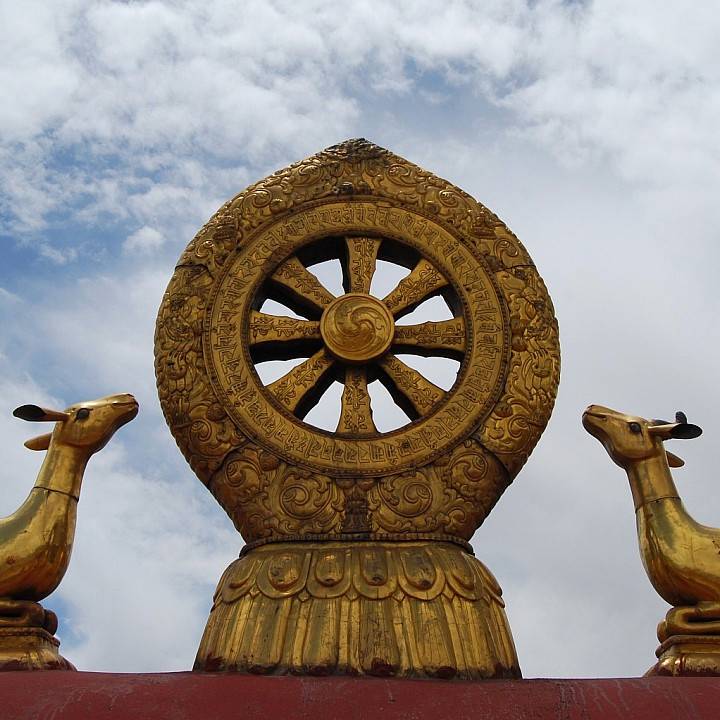- Joined
- Aug 23, 2014
- Messages
- 3,268
- Reaction score
- 6,624
In the wheel of life in budhism, the bhavachakra, a rooster, a pig and a snake are all eating eachother in a circle. These represent greed,ignorance and hatred. Our field is being consumed by these forces. Can they be fixed or are we destined to damnation? The horseman of the rad onc apocalypse are here too. Ain’t looking good folks!


